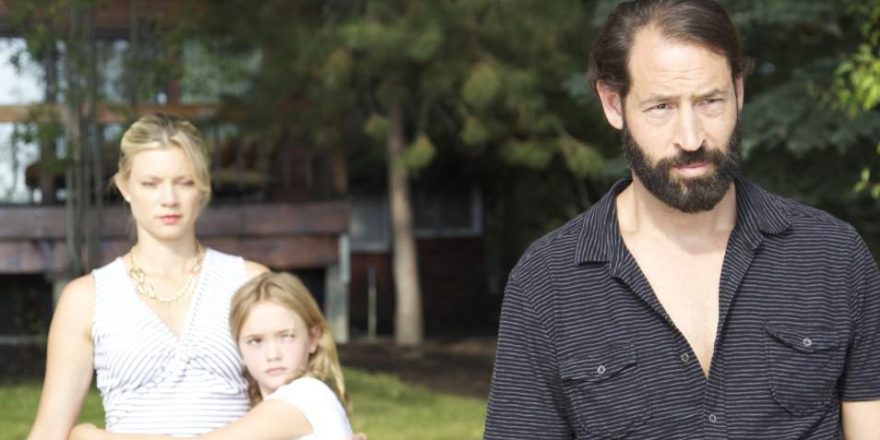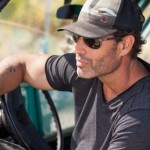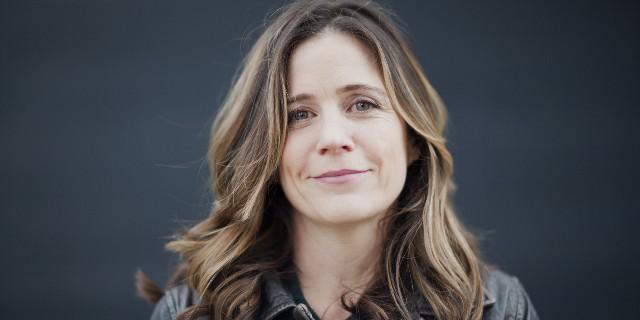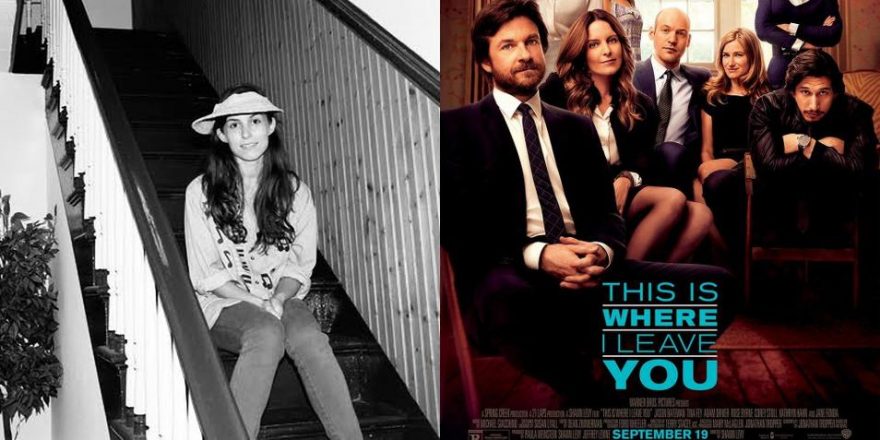After all of his research and writings, Freud came to believe that what makes a person healthy is the ability to work and the ability to love. Though I don’t agree with much else he said (polymorphous perversity?!), I do think he nailed this one. This is our family in a nutshell. We work together and we definitely have a lot of love going on.
It’s not unusual for families to work together at all. Drive around any town and most restaurants, dry cleaners, real-estate outfits and bars are family owned. I don’t even think it’s rare to have couples working together in Hollywood. Heck, Bogie and Bacall, Desi and Lucy, Brad and Angelina. The list goes on and on. What I do think is a bit more unusual is when you start throwing your kids into the mix — or, in our case, when our kid threw herself into the mix.
My wife, producer Heather Rae, and I have worked together for more than 15 years and collaborated on a dozen films, both documentaries and features. We have a thriving ongoing creative dialogue from the kitchen table to the bedroom. We also have three children, two of whom have zero interest in the entertainment industry (let us now give thanks), but our youngest daughter, Johnny Sequoyah, didn’t escape nearly as easily.
While prepping our most recent film, Among Ravens, we notified Johnny that she would have to be in stay-away camp while we were shooting. Now, for most children this would be a godsend — away from Mom and Dad, swimming, horseback riding, new friends… but for Johnny, this elicited a full-on panic attack. So I wrote her a part in the movie. What we didn’t predict was that her character would become the central focus of the film, the innocent viewpoint from which we could more clearly understand the complicated nature of adults and their existential crises.
The experience of making Among Ravens was incredibly rewarding. We shot Ravens in my wife’s home state of Idaho with a talented group of actors and crew who lived in lakeside cabins while shooting. It was like going to camp, but with longer hours and more booze. The film is about a modern-day family on their annual Fourth of July holiday, and into this mix comes an unusual and unexpected guest who changes their lives. The story explores the lives of humans in parallel with the lives of birds, hence the title. Ravens are territorial and protective of their own and rarely do they accept outsiders; Among Ravens points out that people, as a part of the natural world, are just another species.
Months later, when we showed the film as a work-in-progress, Johnny was quickly signed by Untitled Management. At her second audition, she booked J.J. Abrams and Alfonso Cuaron’s NBC series, Believe. Out of seemingly nowhere, this magical thing happened to our family and, while editing Ravens, we got caught in our daughter’s jet-stream and moved to New York City for nearly a year so Johnny could shoot the series.
Johnny was super excited when she booked Believe. When her managers called to give her the good news, her face just lit up! But then she became quite internal. I don’t think she really understood what it meant at first. I mean, when you’re 10 years old, your life is your friends and your family. What did all this mean? Who moves to New York at 10 for work?
Heather and I obviously had our own concerns. Could we both go? What do people do in this situation that aren’t self-employed filmmakers? If you’re a dental assistant and a CPA, do you just quit your jobs and follow your kid across country? Not for one moment was there a discussion of our being apart. Our family is extremely fortunate that we aren’t locked into jobs that wouldn’t allow us to support Johnny on this great adventure. Plus, I had to protect her from all the bad people in television. Yeah, right. Talk about family; the people at J.J. Abrams’ company, Bad Robot, are genuine, supportive, real and they deeply cared for Johnny. Their family made the transition seamless for ours.
From the outset, we knew that Believe was about a young girl with magical powers but we always saw it as an ensemble show, so when the marketing for the show began to emerge with only Johnny’s face we were kind of shocked. Everywhere we went, Johnny was there, staring back at us from billboards, buses, taxicabs and the sides of buildings. It seemed like wherever we looked, our daughter was watching us! As parents, you can’t help but be concerned for your child’s safety and psychological wellbeing in these types of situations. What if my kid became one of those weird Hollywood kids that just sat around doing selfies all day?
The last thing Heather and I cared about was having a kid who was famous. Our intention as parents is to raise humanists who will live fully in the world and hopefully can contribute something of value. All of our concerns quickly dissipated as it became apparent that Johnny didn’t give a crap about all of this. To her, it was just a ton of fun and the folks she was working with became an extension of our own family. The 10 months in New York flew by like a dream. When the show was canceled, Johnny was sad for a moment but then, like any normal 10-year-old, she farted and was off to a friend’s house for a playdate. Like all things in life, it soon became a fleeting memory.
Einstein’s theory of quantum entanglement (or “Spooky Action at a Distance”) speaks to the idea that particles which are connected continue to affect each other even when they become separated by great distances. Essentially, entanglement occurs when particles are so deeply linked that they share the same existence, regardless of the distance between them. You don’t have to be a genius like Einstein to understand this. A family unit is connected. A cooperative and interdependent family is a circle. Its success is wholly dependent upon not making anyone the central focus. Be part of the circle, not the center of it. Hopefully, parents and children who help one another will keep looking out for one another throughout the rest of their lives. That’s the idea, anyway. I’d like to think there’s nothing a family can’t accomplish by working together. Perhaps Einstein, in his own way, was describing family and the creative process.
So how does making films change how we act as a family and how does being a family change the way we make films? The thing about living and working together is that it is a supreme partnership. Often we’re in sync. When we’re not, we’re just as dysfunctional as any other family. The good news is that we can disagree and then create from that collision. We trust each other and love being together and working together. It is a natural extension of our family. We challenge each other constantly, validate one another’s creative feelings and, boy, do we laugh a lot. I really can’t imagine not working together this way. It’s just what we do. It’s our family.







